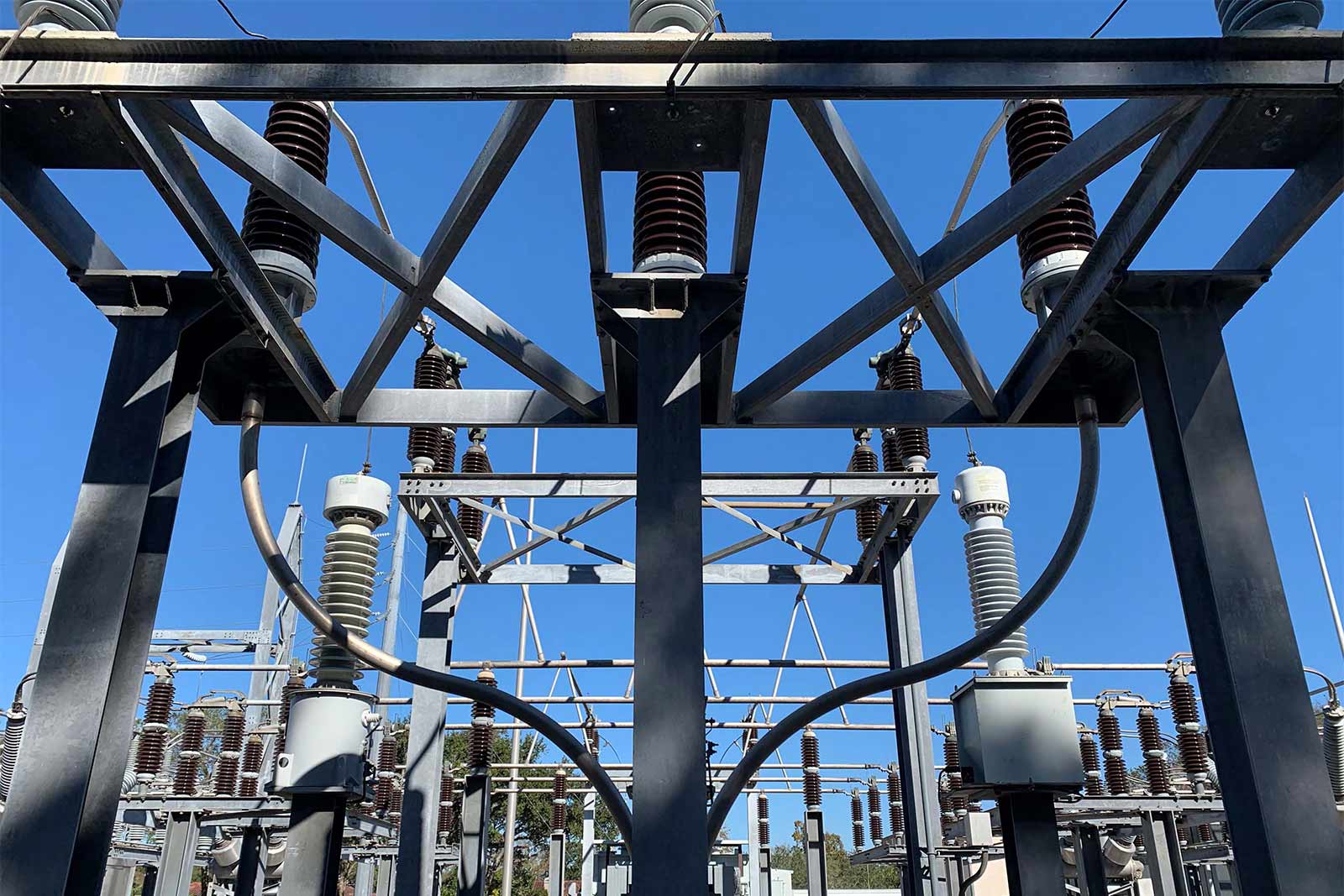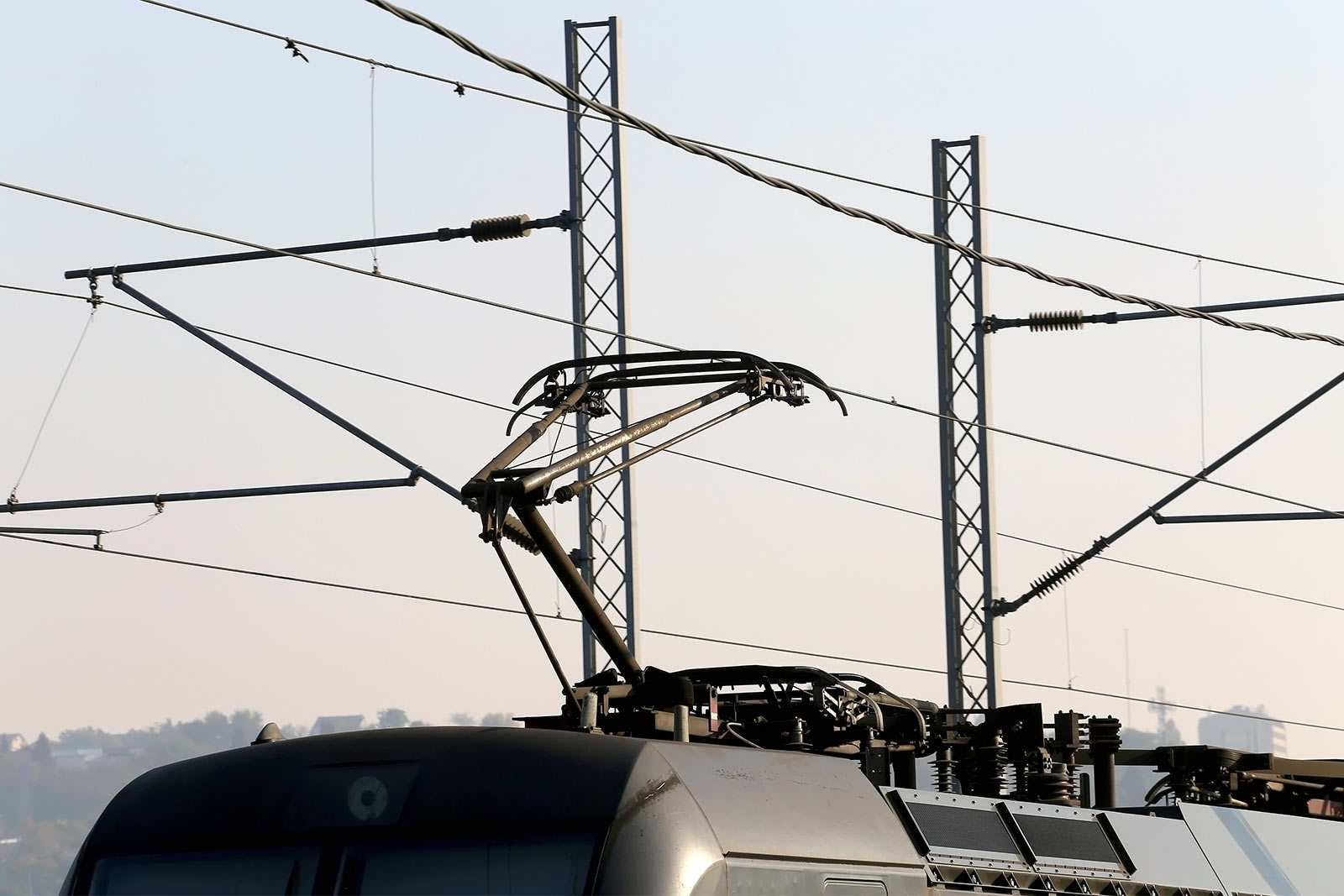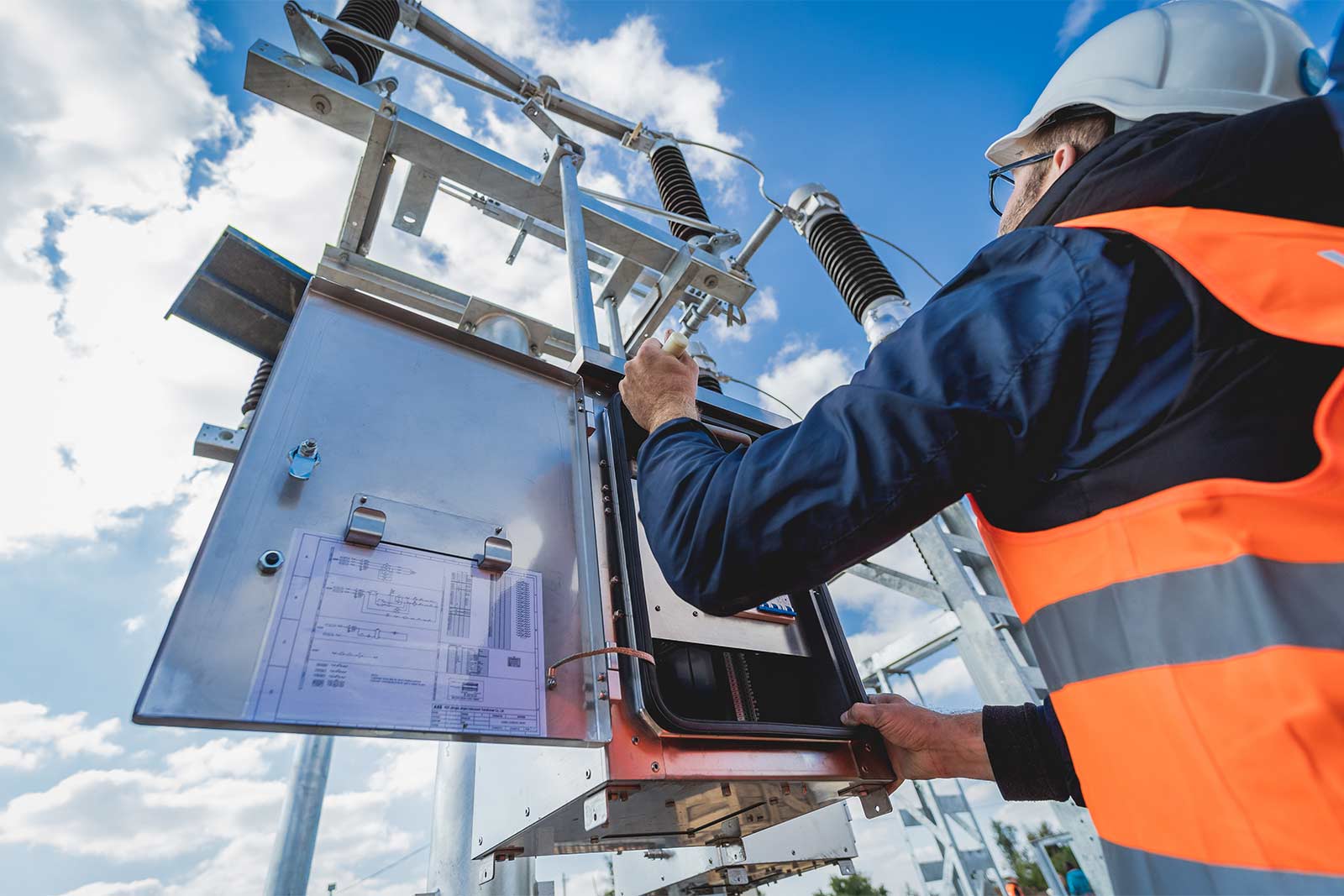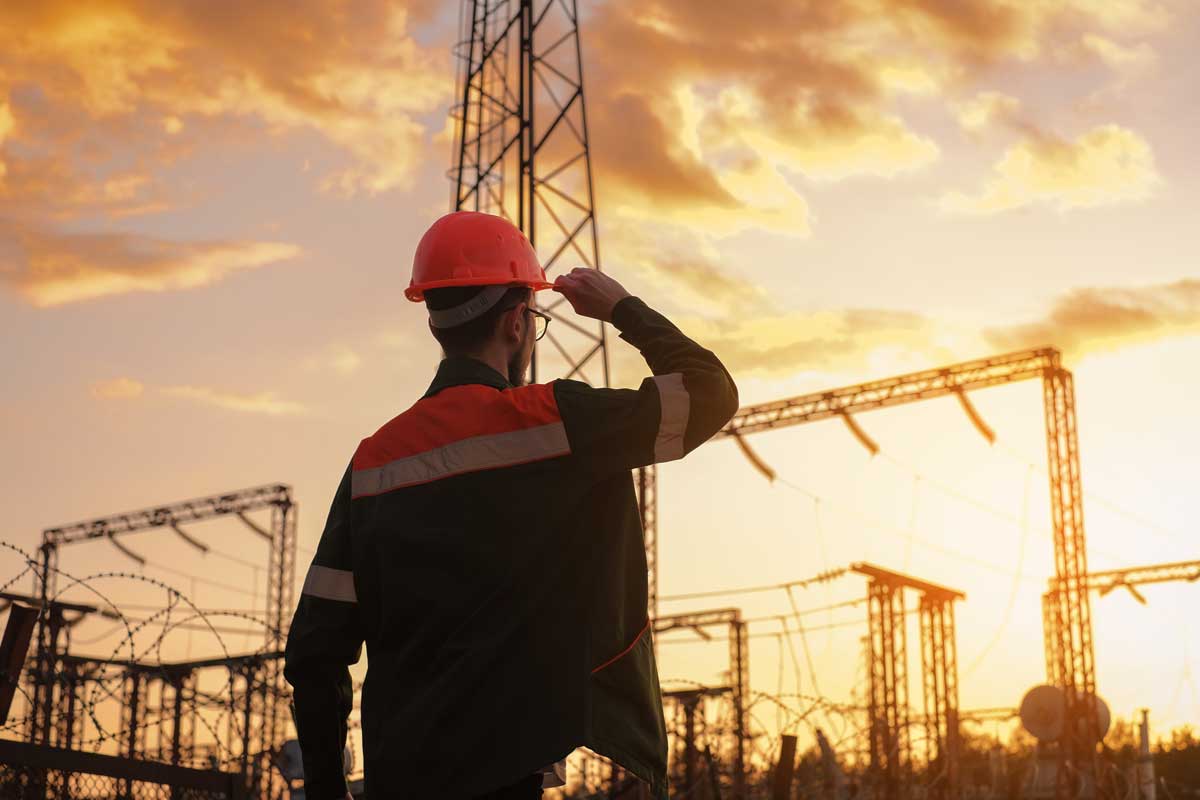In the modern world, electricity is essential to virtually every aspect of the ways we live, work, play, and travel. This means a constant and reliable supply of electricity is vital. However, space is often limited, particularly in busy and densely populated urban areas. This means underground cables are a popular and practical choice for power transmission where it is needed.
One such solution is the pipe-type cable system. In today’s post, we will take a close look at pipe-type cables, their uses and advantages, how they are constructed, and the ways in which they need to be cared for and maintained.
What Are Pipe-Type Cables, and What Are They Used For?
Pipe-type cables are a form of underground power transmission system and an alternative to overhead cables. Pipe-type cable systems have been in use for over 90 years, having been introduced in 1932.
How Are Pipe-Type Cable Systems Constructed?
When cables are run underground, they must be insulated to prevent arcing and ensure they’re safe. Pipe-type cables are insulated using paper or laminated polypropylene paper of around 0.005" surrounding a conductor, which may be made of stranded copper or aluminum. Today, copper conductors are by far the most commonly used type. The wall thickness of the cable depends upon the voltage of the cable.
This is the oldest type of transmission cable-insulating technology still in use and, though it has been somewhat superseded by newer solutions, it’s still highly reliable when the cables are kept under the proper conditions.
Pipe-type cables themselves are impregnated with a dielectric fluid at the point of manufacturing, which is a lengthy and time-consuming process. In the past, a mineral oil was used, but today’s dielectric fluid is synthetic. Three cables are then placed into the steel pipes, which are then likewise filled with the dielectric fluid and pressurized (typically to 200 PSI) to compact the layers of insulation, suppressing ionization and slowing moisture ingress if there’s a leak in the pipe. The pipes form an underground conduit to take the cables to where power is needed, running from one electrical substation to another, with manholes and splices in between where necessary.
What Types of Power Applications Are Pipe-Type Cables Used In?
Pipe-type cable systems are used for high-voltage power transmission and are used in situations in which overhead cables would be impossible, unfeasible, or problematic. Pipe-type cables are typically used to carry power of around 69,000 volts and above, with the practical upper limit of their capabilities being 345,000 volts. They are specifically designed for use in alternating current (AC) electrical systems.
Pipe-type cable systems appear in towns and cities all over the USA and the world. Some of their main uses include urban power distribution, industrial power supply, and high-speed rail power supply.
Types of Pipe-Type Cable Systems
Pipe-type cable systems are broadly very similar, with the only significant difference lying in the cooling systems that are used. The simplest form of pipe-type cable system consists of a single pipe that runs from one station to another, with the alternative being a parallel circuit with two identical pipes next to one another.
The latter allows for fluid circulation, enabling more power and efficiency to be drawn from the cables. When a system has only one pipe, two pumping plants (one at either end) can be used to shuttle fluid back and forth. A third option is to use one cable pipe with an empty pipe next to it for circulation purposes.
What Do You Need to Know About Pipe-Type Cable Maintenance?
In general, new pipe-type cable systems are not being implemented, as those in use have already been in place for some time (often decades). Replacing them with alternatives would be prohibitively expensive and disruptive. Therefore, the major concern with these systems lies in maintaining them and ensuring they continue to remain functional, efficient, and fit for purpose for many years to come.
When many of the country’s pipe-type cable systems were introduced, the use of electricity was nowhere near as ubiquitous as it is today. As such, the power demand on them has only grown as our cities have grown and expanded around them. Therefore, continual maintenance and upgrades are essential. Fortunately, there are many ways to adapt them to increase the power flow and keep up with demand.
Pipe-type cable systems are extremely long-lasting and resilient with the proper care. This means the majority of the required maintenance actually relates to the accessories that support them. General inspections of the terminations are very important, as gaskets can occasionally leak. Maintaining the cathodic protection systems of the pipes themselves is also vital. This involves putting a DC current or voltage on the pipe so it does not corrode away. Regular maintenance of the pumping or cooling plants is also essential.
Fluid sampling is sometimes used to ascertain the overall state of the cables. This involves looking for certain dissolved gasses that, when appearing in high concentrations, can indicate a breaking down of the cables’ insulation. At MAC Products, we supply a tool that can be used to cut a hole in a pipe safely and install a valve for the purposes of this fluid sampling.
How Does MAC Products Support Pipe-Type Cable Systems?
There is currently only one manufacturer of pipe-type cables in the United States. Here at MAC, we manufacture an array of pipe-type cable accessories, including the splice kits used to splice pipe-type cables together; the pumping plants that are used to maintain the required pressure; trifurcators, which split the three cables within a pipe at the substation; and stainless steel riser pipes.
We also offer accessories to help upgrade systems—for example, high-speed circulation units, air-cooled heat exchanges, and refrigeration units that cool the conductor to improve power transmission capacity.
Learn More
At MAC Products, we are proud to be the market-leading manufacturer and supplier of accessories for pipe-type cable systems, offering a broad range of materials and utilizing our extensive engineering expertise to provide world-class products and customer service.
We are ideally situated close to many of the country’s major pipe-type cable systems, and almost every element of our products is built, assembled, and tested on-site at our New Jersey headquarters. We have been a key supplier in this space since our inception more than 50 years ago, and we will continue to invest in cutting-edge technologies for many years to come.
If you would like to learn more about pipe-type cable systems, pipe-type cable maintenance, or any of the parts and accessories supplied by MAC Products, please get in touch with us at any time, and we will be pleased to assist you.






